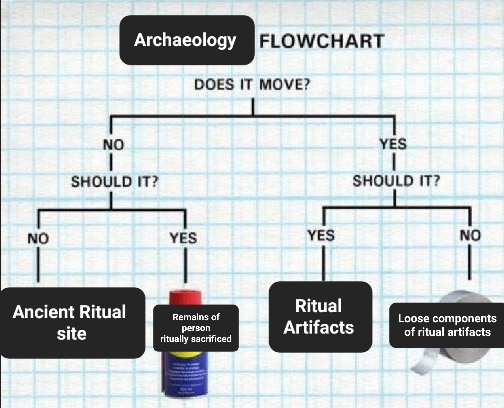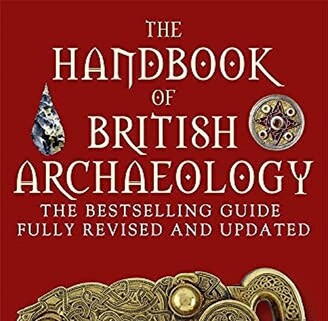The mysterious ancient structure was first revealed in 1998 by the shifting sands of Holme-next-the-sea beach on the north Norfolk coast.
It consists of an upturned tree stump surrounded by 55 closely fitted oak posts and was originally built on the salt marsh away from the sea.
Researchers estimate it to have been built using timbers dating from 2049 BC.
The strange structure was positioned such that dunes and mud flats protected it from the sea.
A layer of peat which slowly covered the timbers also protected them from decay over thousands of years. There is a second, adjacent ring centred on two oak logs laid flat, which is also dated to the same year.
…
Now, a new paper concludes that the Seahenge and the adjacent circle may have been constructed during a bitterly cold climatic period as a ritual to extend the summer and return to warmer weather.
“Dating of Seahenge timbers showed they were felled in spring, and it was considered most probable that these timbers were aligned with sunrise on the summer solstice,” archaeologist David Nance from the University of Aberdeen said.
“We know that the period in which they were constructed 4,000 years ago was a prolonged period of decreased atmospheric temperatures and severe winters and late springs placing these early coastal societies under stress,” he said.
The Seahenge’s alignment matches with sunrise on the summer solstice, suggesting it mimicked the “pen” described in folklore for an unfledged cuckoo to keep singing and extend the summer.
Archaeologists suspect that the strange monument’s structure imitates the winter dwellings of the cuckoo remembered in folklore – a hollow tree or ‘the bowers of the Otherworld’ represented by the upturned oak stump at its center.
“Summer solstice was the date when according to folklore the cuckoo, symbolising fertility, traditionally stopped singing, returned to the Otherworld and the summer went with it,” Dr Nance explained.
“The ritual is remembered in the ‘myth of the pent cuckoo’ where an unfledged cuckoo was placed into a thorn bush and the bird was ‘walled-in’ to extend the summer but it always flew away,” he said.
The other structure, according to Dr Nance, points to legends of ‘sacred kings’ who were sacrificed if misfortune fell on the community.
“Evidence suggests that they were ritually sacrificed every eight years at Samhain (now Halloween) coincident with the eight-year cycle of Venus,” he said.
“Both monuments are best explained as having different functions and associated rituals, but with a common intent: to end the severely cold weather,” Dr Nance said.
It’s a bit speculative but it does feel eerie that we know the year and the season it was built in plus the ancient Celtic traditions that have passed a possible explanation down over the millennia between the early Bronze Age and the present.
You could get the settings of your time machine accurate enough that you’d arrive while it is being built and even have a chat with the makers, although I’d want to be pretty confident I had the Brythonic for “please don’t kill me to appease your weather gods” nailed down first.
Eerie? Dendrochronology is rad as hell.
They have used similar methods, in conjunction with sediment and ice samples to confirm historical climate changes.
I dunno - I’ve met a few dendrochronologists…
I’m with you, but what blows my mind is that the cuckoo myth persisted long enough for us to actually know about it, even if it was from another, less ancient source.
Mind fucking blown

I’m not saying it was an ancient ritual, but it was an ancient ritual.
Apparently, the ritual was quite effective:

So global warning is their fault? Or perhaps it’s ours for not carrying on thr tradition of sacrificing our leaders every eight years.


